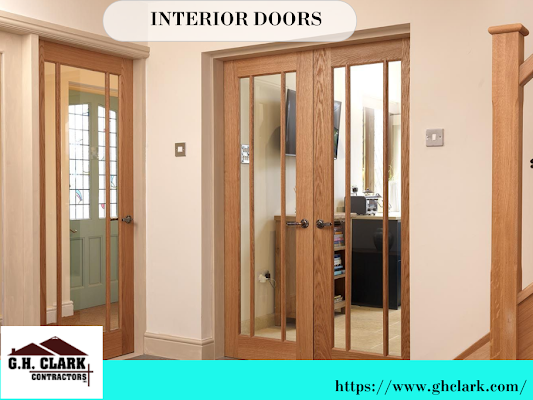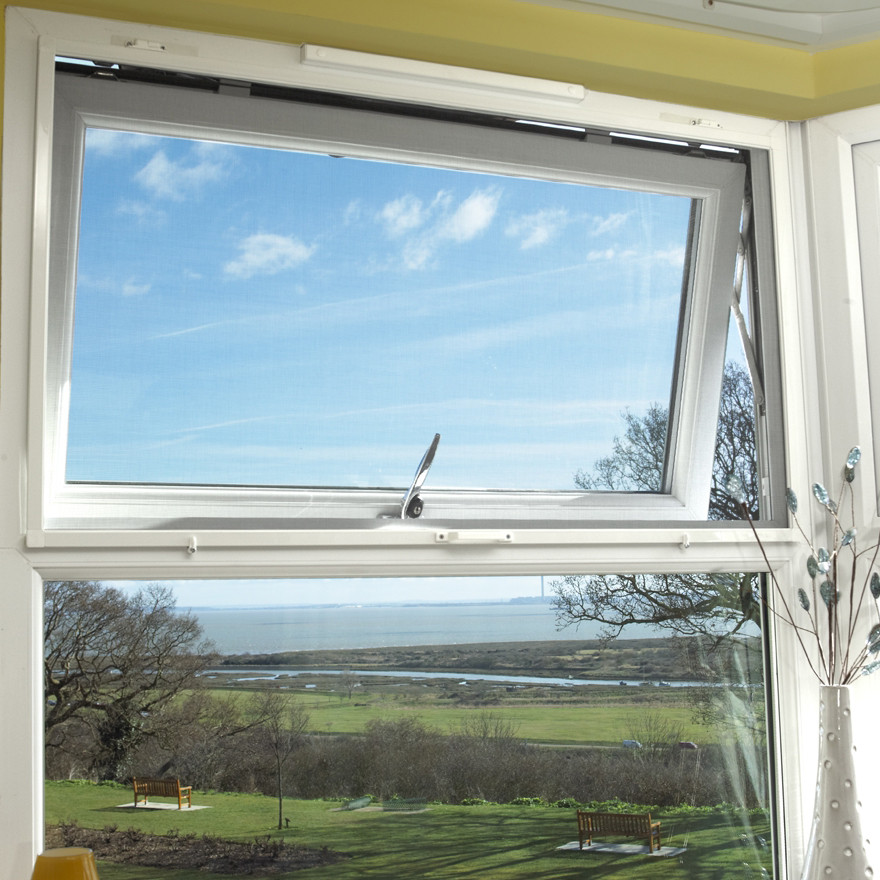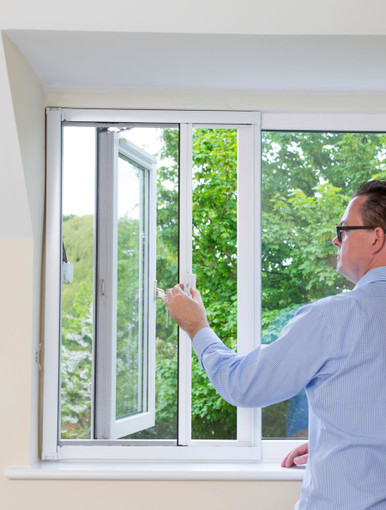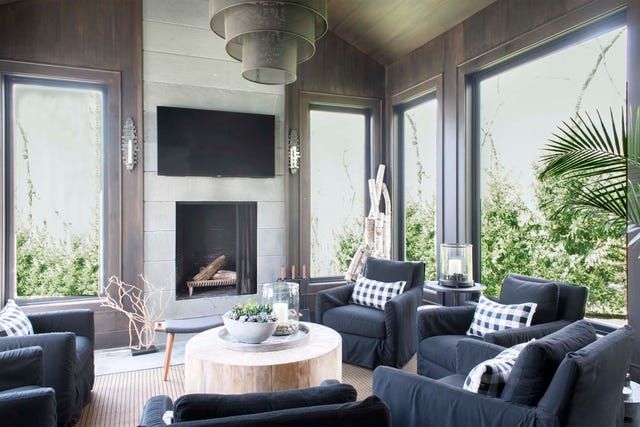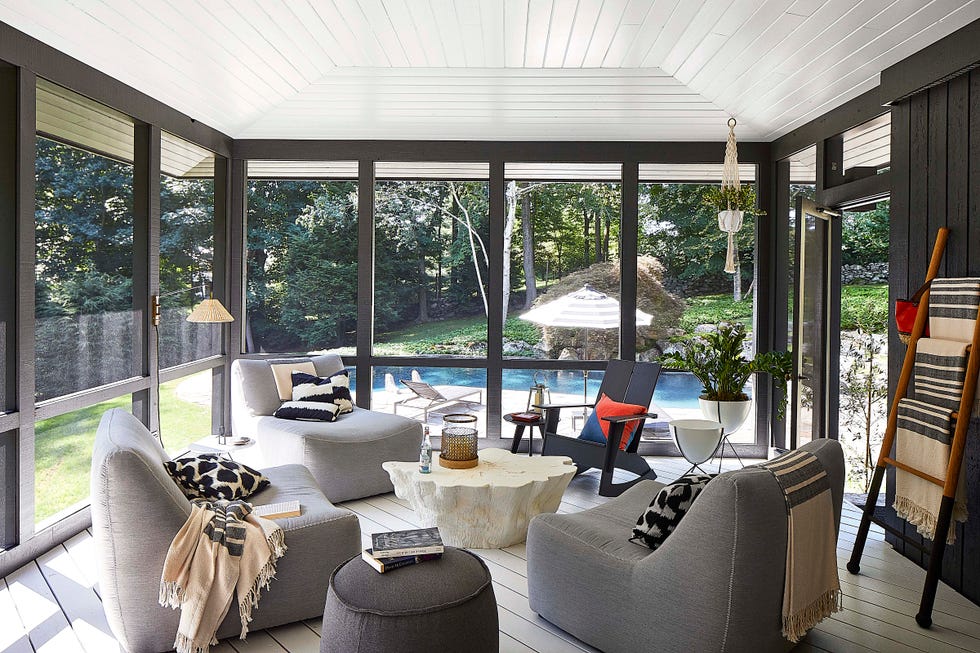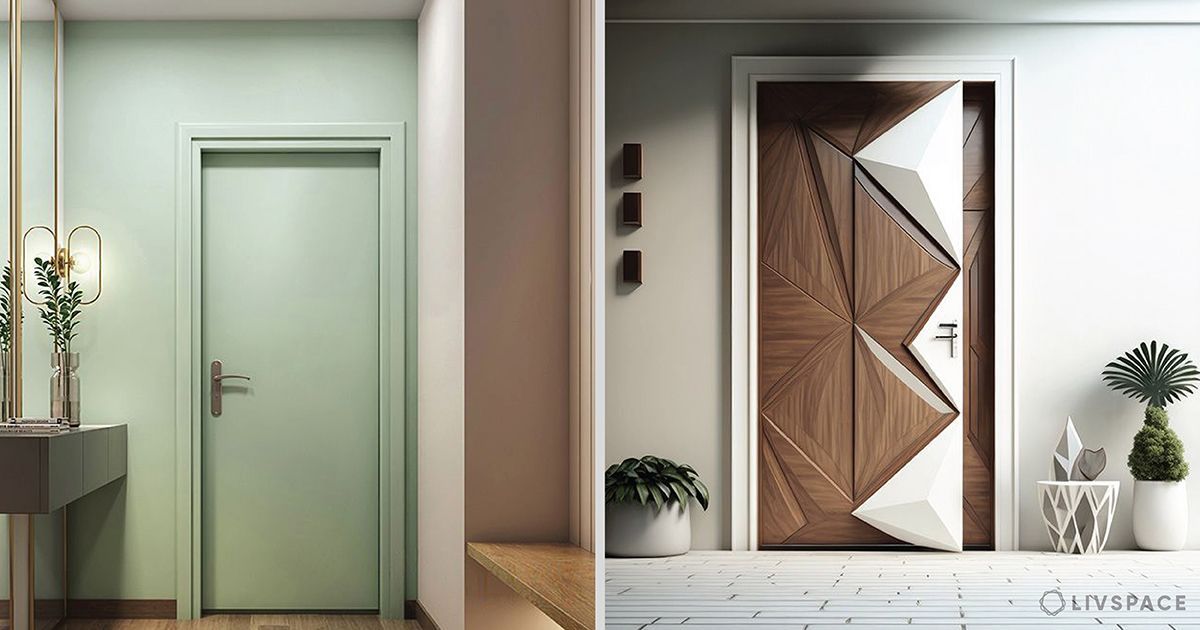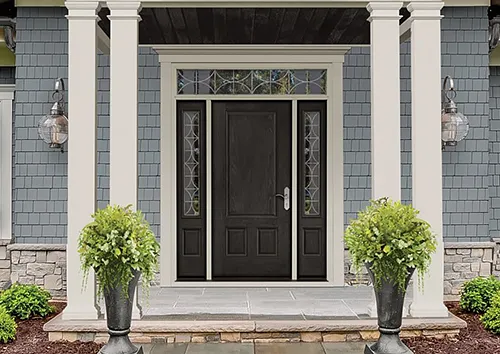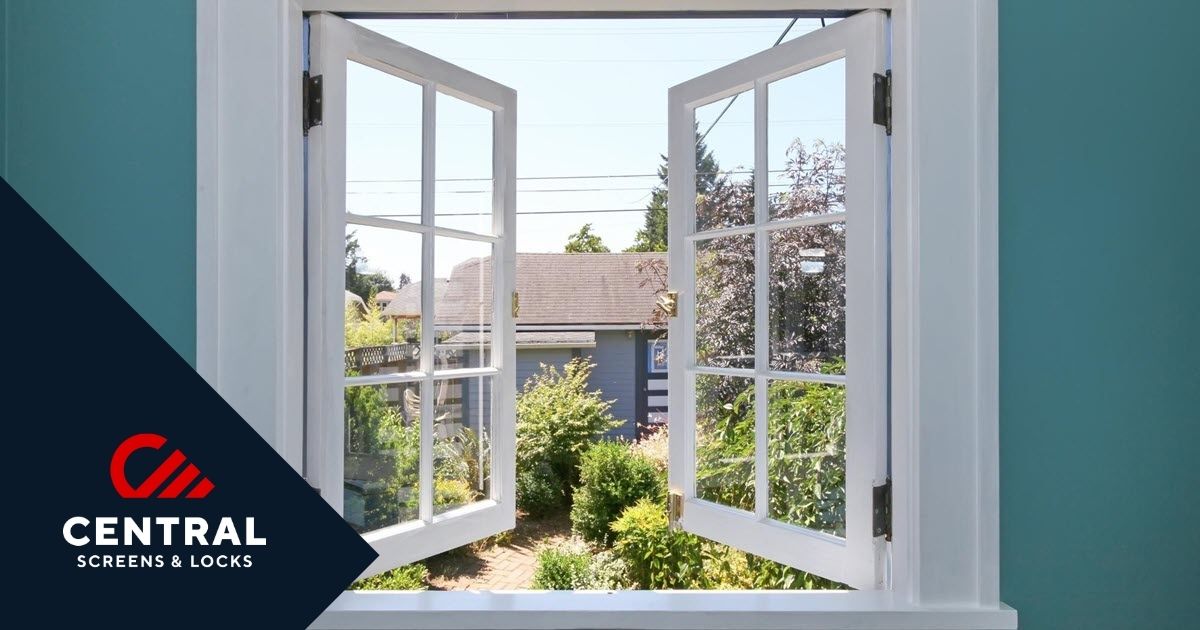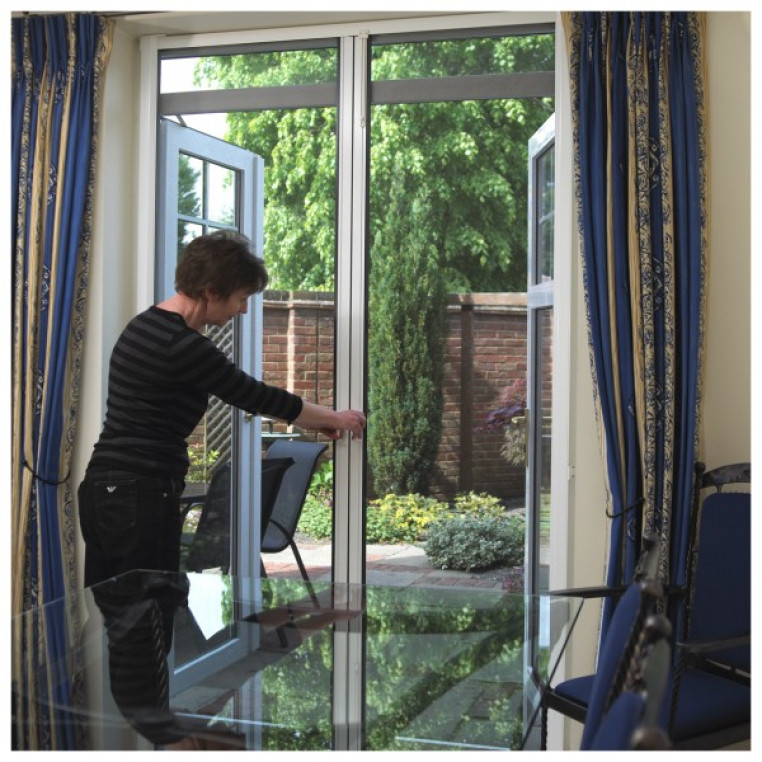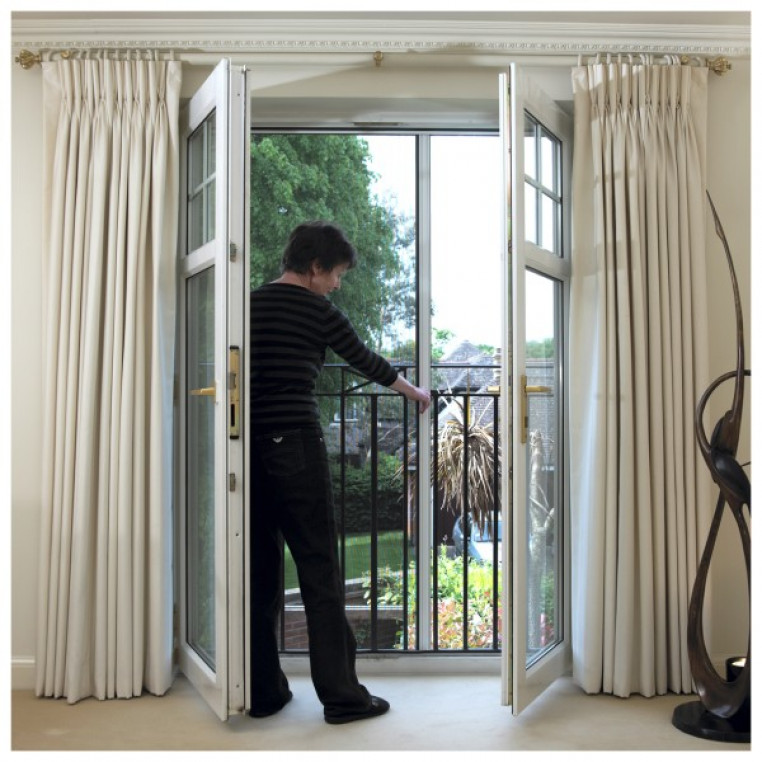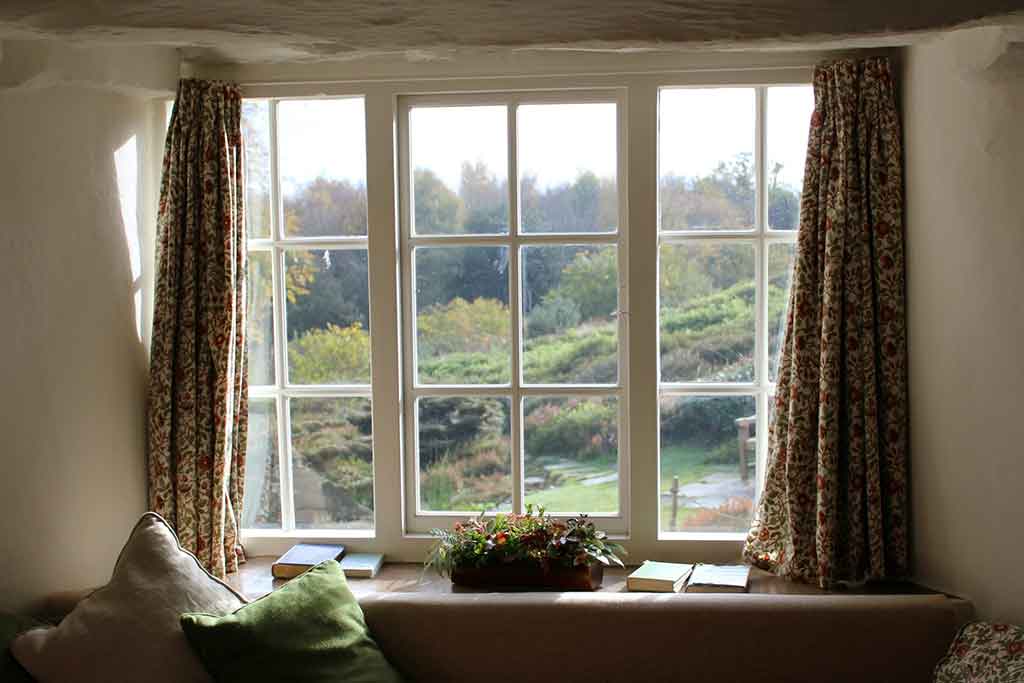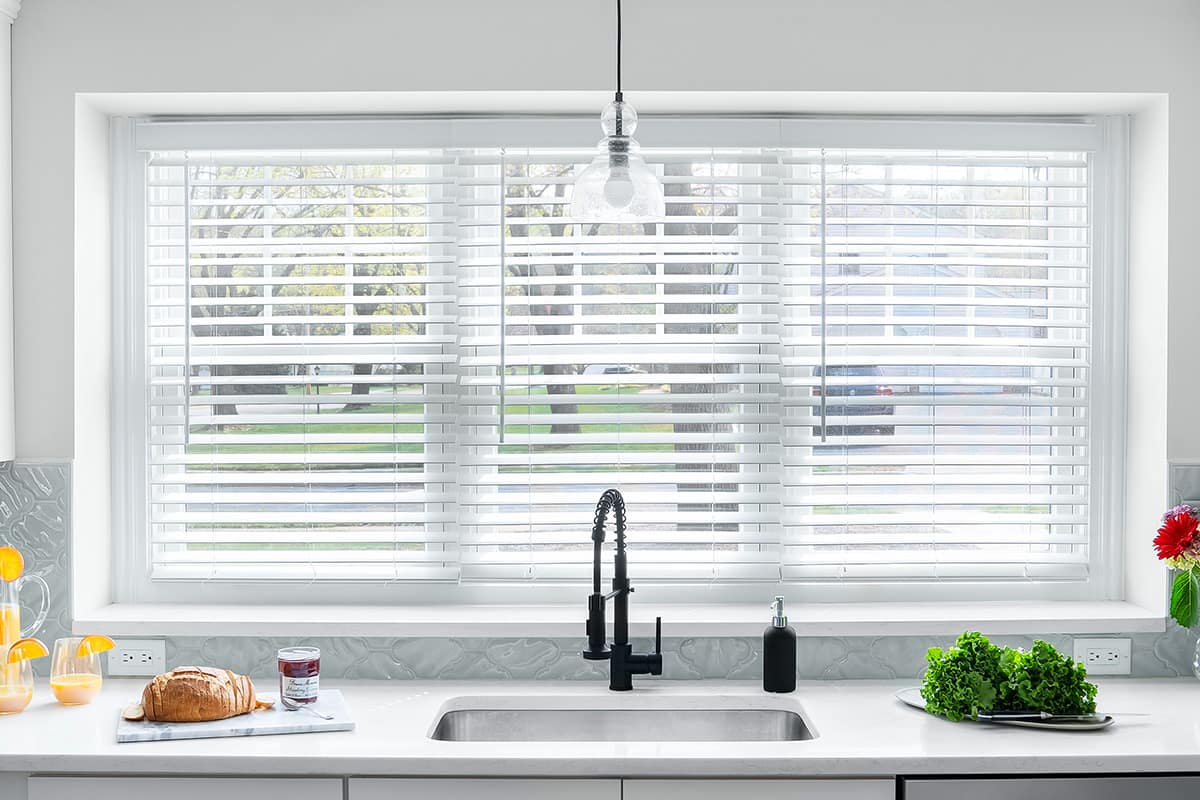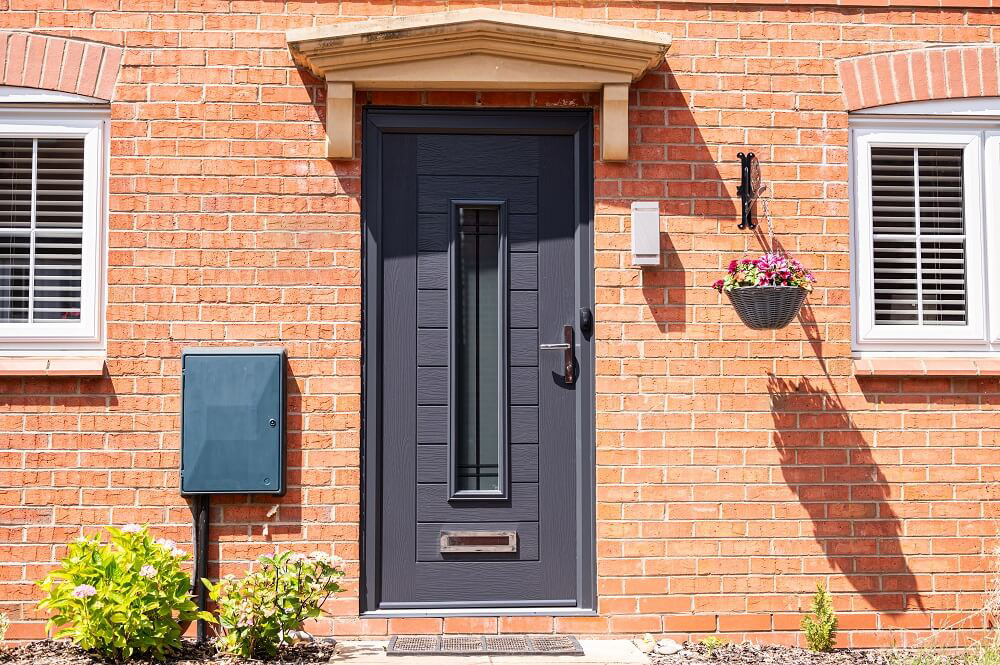
What is an Outside Door Sill?
An outside door sill, often simply called a door sill, is a horizontal component located at the bottom of an exterior doorway. It serves as a transition between the interior flooring and the exterior surface, typically the ground or a porch. Its primary function is to create a weatherproof barrier, preventing water, air, and debris from entering your home.
Think of it as the unsung hero of your entryway. It’s a seemingly simple piece, but it plays a crucial role in maintaining the integrity and comfort of your home.
Why are Outside Door Sills Important?
The importance of a well-maintained door sill cannot be overstated. Here’s why:
- Water Protection: A properly installed sill diverts rainwater away from the doorway, preventing water damage to your flooring and subfloor.
- Air Sealing: It helps to create an airtight seal, reducing drafts and improving energy efficiency.
- Pest Prevention: A solid sill blocks insects and other pests from entering your home.
- Structural Support: It provides structural support to the door frame, ensuring stability and longevity.
- Aesthetic Appeal: A well-chosen sill can enhance the overall appearance of your entryway.
Types of Outside Door Sills and Materials
Outside door sills come in various materials, each with its own set of advantages and disadvantages. Here are some common types:
- Aluminum: Durable and corrosion-resistant, aluminum sills are a popular choice for their longevity.
- Wood: Offers a classic and warm aesthetic, but requires regular maintenance to prevent rot and decay.
- Composite: Made from a blend of wood fibers and plastic, composite sills are resistant to moisture and rot.
- Stone or Tile: Provide a high-end, elegant look, but can be more expensive and challenging to install.
- Vinyl: Affordable and low-maintenance, vinyl sills are a good option for budget-conscious homeowners.

The choice of material depends on factors such as your budget, climate, and aesthetic preferences. Consider the durability and maintenance requirements of each material before making a decision.
Installation and Maintenance Tips
Proper installation and regular maintenance are essential for ensuring the longevity and effectiveness of your outside door sill.
Installation
If you’re replacing an existing sill, carefully remove the old one, ensuring not to damage the surrounding door frame. Clean the area thoroughly before installing the new sill. Use a level to ensure the sill is perfectly horizontal and apply a high-quality sealant to create a watertight seal. For detailed installation guidance, consider consulting a professional.
Maintenance
Regularly inspect your sill for signs of damage, such as cracks, rot, or corrosion. Clean the sill with a mild detergent and water to remove dirt and debris. For wooden sills, apply a protective sealant or stain every few years to prevent moisture damage. Ensure that the weatherstripping around the door and sill is intact and functioning correctly.
Choosing the Right Outside Door Sill
Selecting the right door sill involves considering several factors:
:strip_icc()/SDW_130_10-41f394b157884eb691b9bf6793d0657b.jpg)
- Climate: In areas with heavy rainfall or snow, choose a sill made from a water-resistant material like aluminum or composite.
- Door Type: The type of door (e.g., entry door, sliding door) will influence the size and style of the sill you need.
- Aesthetic: Choose a sill that complements the style of your home and entryway.
- Budget: Consider the cost of materials and installation when making your decision.
- Durability: Select a sill that is durable and can withstand the elements.
By carefully considering these factors, you can choose an outside door sill that provides optimal protection and enhances the beauty of your home.
Troubleshooting Common Door Sill Problems
Even with proper installation and maintenance, you may encounter some common door sill problems:
- Water Leakage: This can be caused by a damaged sill, faulty sealant, or improper installation. Inspect the sill and surrounding area for damage and repair as needed.
- Drafts: Drafts can indicate that the weatherstripping is damaged or that the sill is not properly sealed. Replace the weatherstripping and apply a new sealant.
- Rot or Corrosion: This is common in wooden or metal sills. Replace the damaged sill with a more durable material or repair the existing one.
Addressing these problems promptly can prevent further damage and ensure the longevity of your outside door sill.
© [Your Company/Website Name] – All Rights Reserved




